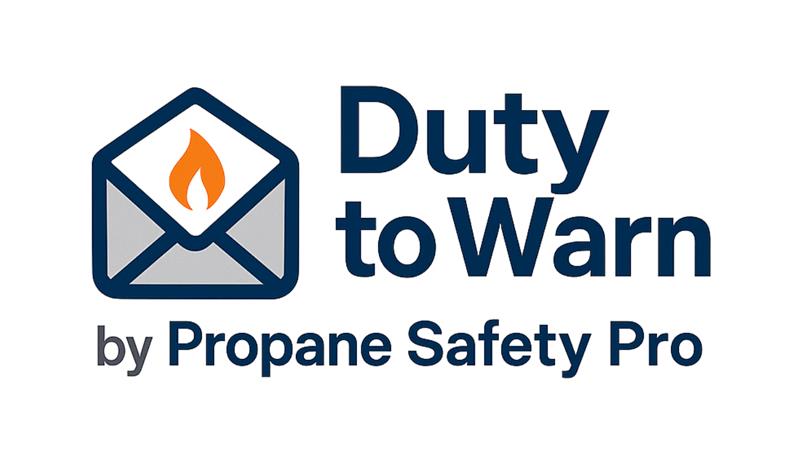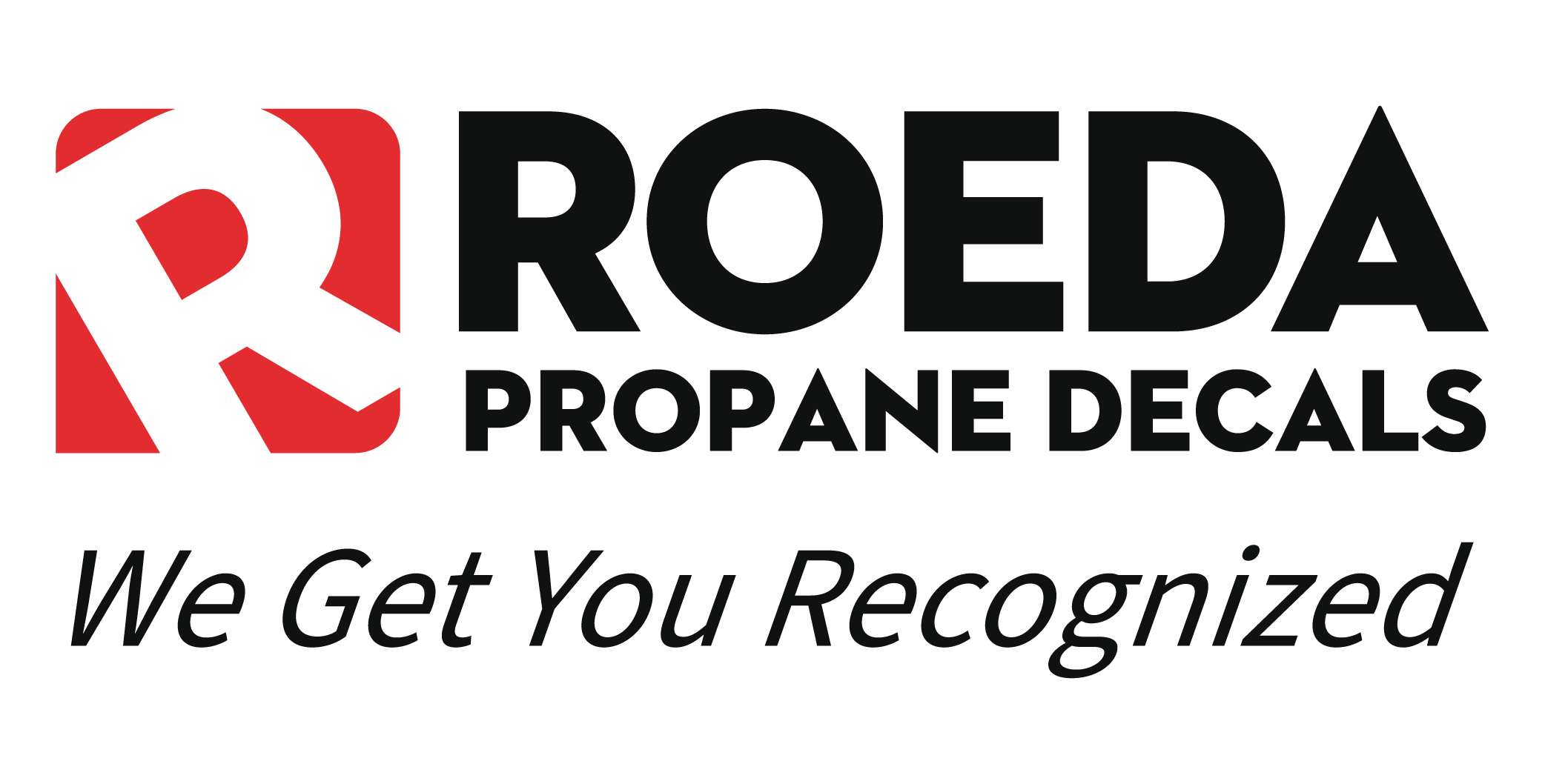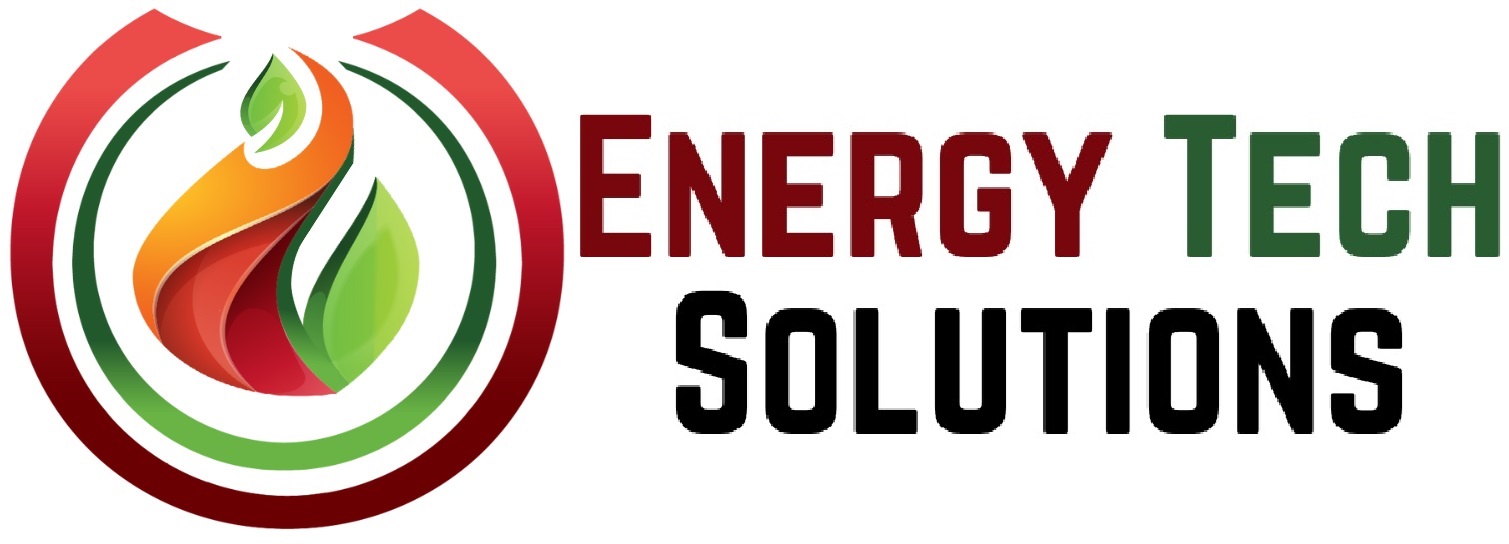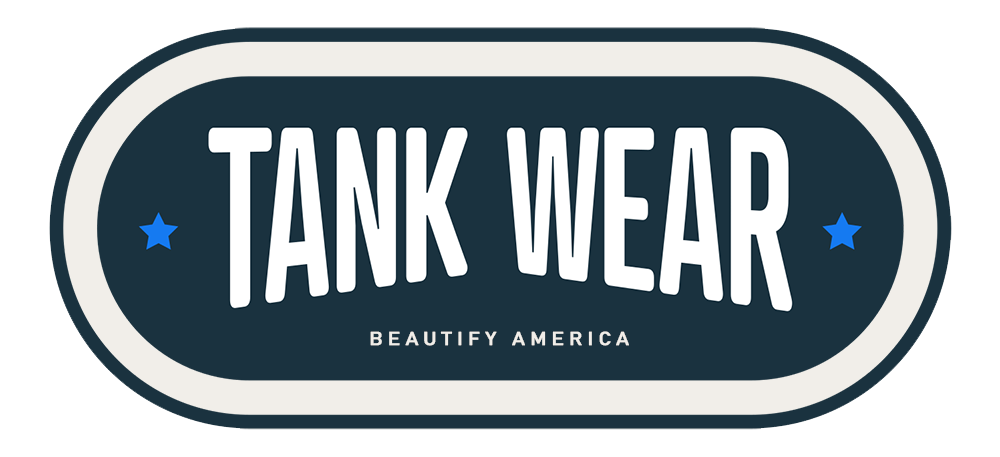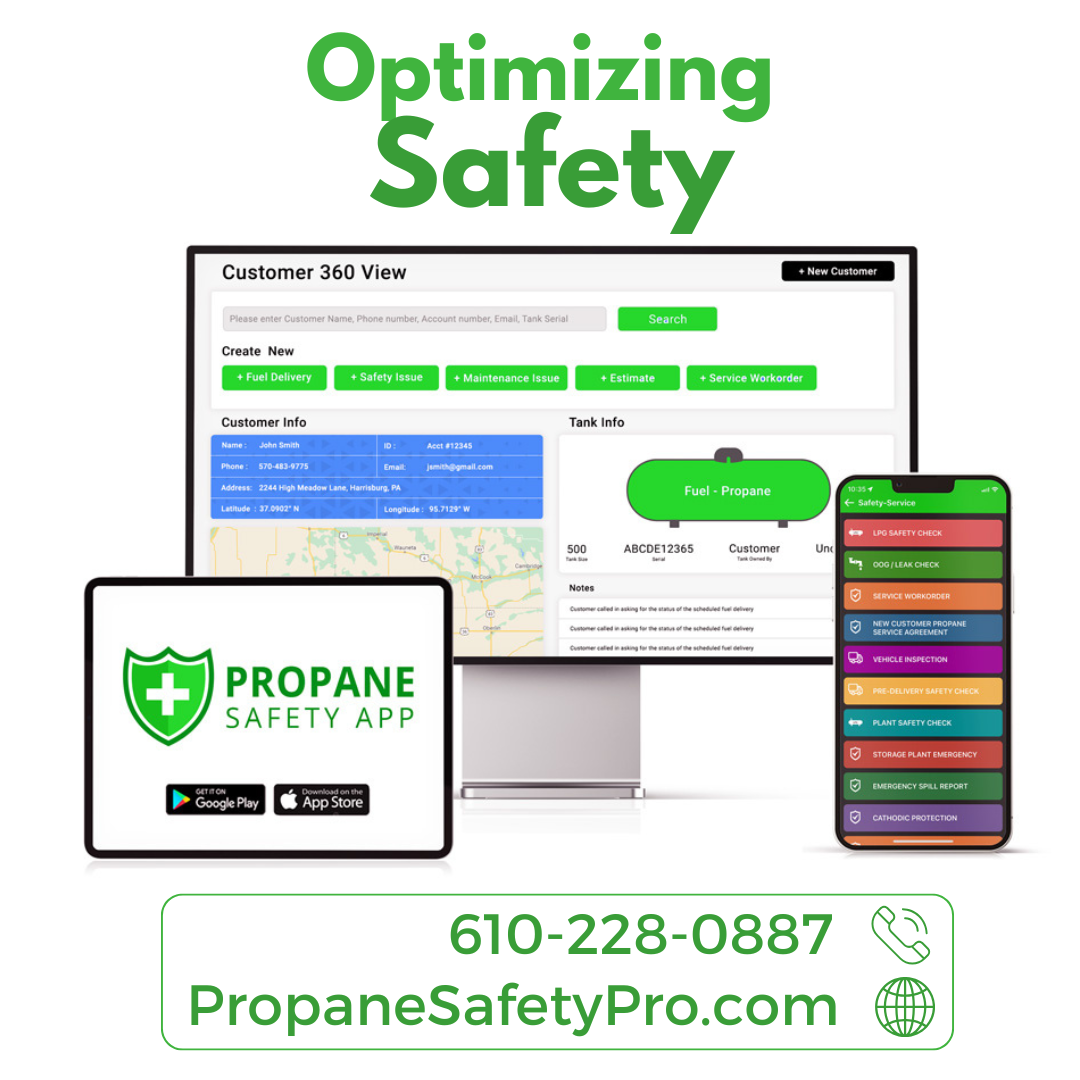Smart Pricing for Propane Delivery

In the propane delivery business, setting competitive prices is a delicate balance between profitability and market appeal. This article outlines strategic pricing approaches to help propane businesses remain competitive while ensuring sustainable growth.
1. Cost-Plus Pricing
Approach: Determine your pricing by calculating the total cost of delivering propane and adding a reasonable profit margin. This method ensures covering all costs while remaining fair to customers.
2. Value-Based Pricing
Approach: Set prices based on the perceived value of your service to customers. This involves understanding customer needs and preferences and pricing your service according to the benefits and convenience you offer.
3. Competitive Analysis
Approach: Regularly assess your competitors’ pricing. This doesn’t mean constantly undercutting their prices but positioning your service effectively in the market. Offer competitive advantages that justify your pricing structure.
4. Dynamic Pricing Strategies
Approach: Implement dynamic pricing, where prices fluctuate based on demand, seasonality, and market conditions. This flexible approach allows you to maximize profits during peak times and remain attractive during off-peak seasons.
5. Discounts and Loyalty Programs
Approach: Attract and retain customers with discounts and loyalty programs. Consider offering introductory rates, bulk discounts, or rewards for loyal customers. These incentives can increase sales volume and customer loyalty.
6. Tiered Pricing Models
Approach: Offer different pricing tiers based on service levels or volume. This allows customers to choose a plan that fits their needs and budget, increasing your market reach.
7. Transparent Pricing Policies
Approach: Maintain transparency in your pricing. Clear communication about what customers are paying for helps build trust and can justify higher prices if the value is evident.
8. Cost Management
Approach: Keep your operational costs in check. Efficient cost management can offer competitive prices while maintaining healthy profit margins.
9. Customer Feedback
Approach: Regularly gather and analyze customer feedback on pricing. Understanding customer perceptions can guide adjustments to your pricing strategy.
10. Regulatory Compliance
Approach: Ensure that your pricing strategy complies with all relevant regulations. Avoid pricing practices that could be seen as unfair or deceptive.
Conclusion
Developing a competitive pricing strategy in the propane delivery industry involves understanding your costs, market dynamics, and customer expectations. By adopting a thoughtful and flexible approach to pricing, you can attract and retain customers, outshine competitors, and drive sustainable growth.



